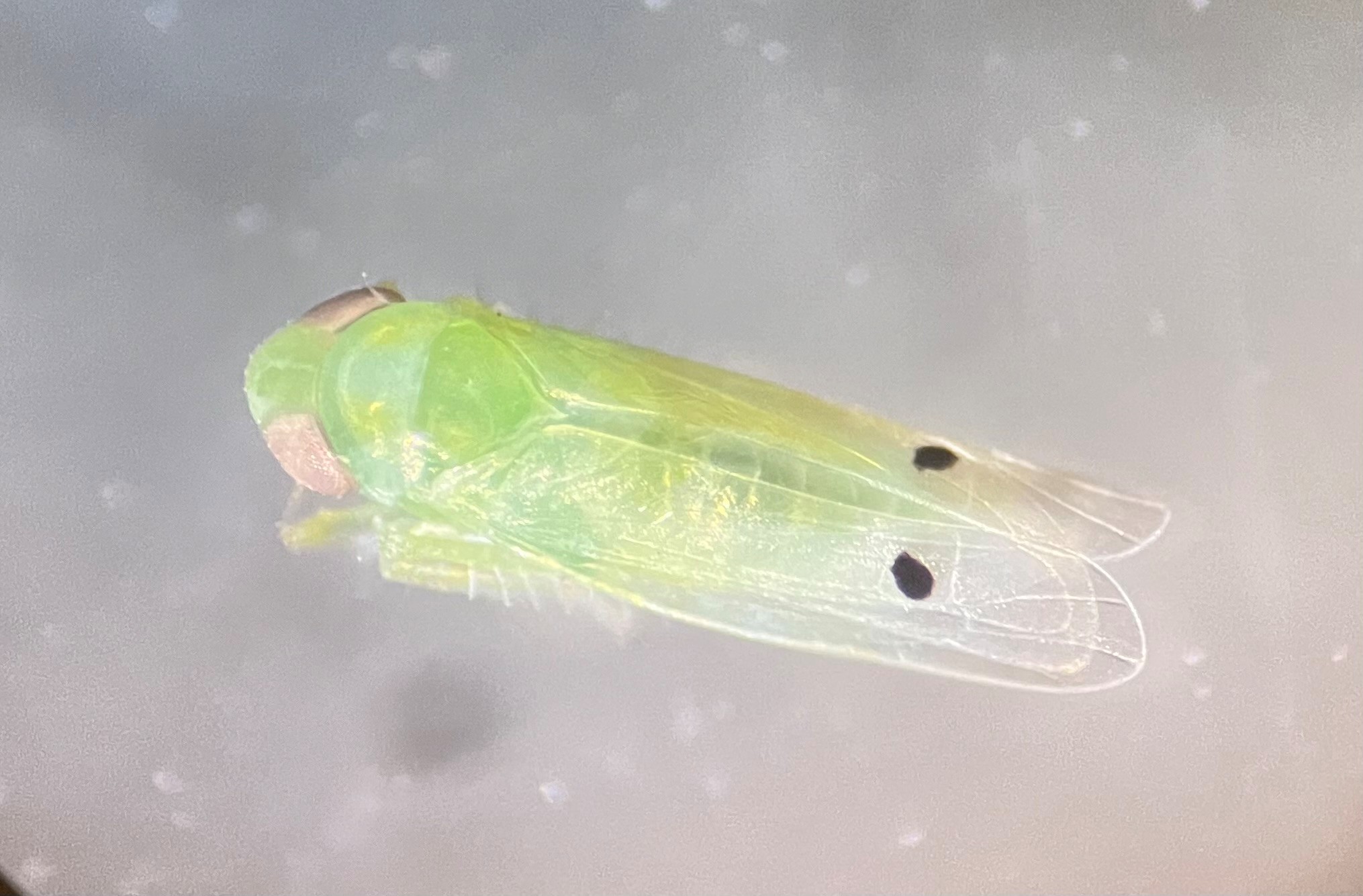Wayne McLaurin
could hardly believe it
when he saw cranberry plants for sale in the Athens, Ga.,
chain-store garden center.
A University of Georgia
horticulturist and an avid
gardener, McLaurin knew better than to buy the plants. But
he could see that others were
buying them, despite having virtually no chance at all of
successfully growing them.
“Cranberries grow in low-pH bogs in cold, Northern
climates,” he said.
“Anybody trying to grow them in Georgia is just headed for
disappointment.”

Large retail stores offer low-cost plants, McLaurin said.
But they may sell plants that,
while they may thrive in much of the United States, won’t
grow well in Georgia.
“People
need to look carefully at what they’re buying,” he
said. “The sign may call it a
‘hardy’ plant, but that’s just a word. It means nothing at
all if it’s not connected to a
hardiness zone.”
If a plant is advertised as “hardy to Zone 7,” it would
withstand weather
cold enough to survive the winter almost anywhere in
Georgia.
As a rule, that means avoiding plants with a tropical
origin, McLaurin said.
One such plant is called a “tomato” tree although it
isn’t actually a true
tomato. The plant, Cyphomandra betacea Sendt, is often
marketed in Georgia.
“They don’t tell you it takes two to three frost-free years
to grow it,” he
said. “It grows well in Brazil. And even if you could coax
it to any size in Georgia,
the fruit is so seedy you wouldn’t want to eat it.”
Some
tropical plants can be a
pleasure in Georgia, but with limits.
“Tropical hibiscus will grow well in Georgia, but they
won’t normally survive the
winters,” he said. Many people grow such exotics as banana
trees, too, but must
either move them inside or take elaborate steps to protect
them during the cold months.
In Georgia, the hardiness zones range from 6B in
northeast Georgia, with average winter
lows from minus 5 to zero degrees, to zone 8B in south
Georgia, with winter lows from 15
to 20 degrees.
“But hardiness zones relate only to cold weather,”
McLaurin said. “The
problem is that the most stressful weather we have in
Georgia is the heat. Many plants
that will breeze through the winter here will wither and die
in Georgia summers.”
Gardeners trying to grow rhubarb or peonies in south
Georgia, for instance, face a real
challenge. And while rhododendrons do well in north Georgia,
they struggle in south
Georgia.
Gardeners should read labels carefully, McLaurin said.
Look for other signs that the
plant will do well, such as disease resistance.
“On tomato and pepper plants, for instance, look for the
VFNT designation,”
he said. “That means the variety has some resistance to
verticillium wilt, fusarium
wilt, nematodes and tobacco mosaic virus.”
McLaurin also advises buyers to check first with local
gardeners to see which plants
and varieties have been successful for them.
“Check with county extension
agents,” he said. “They can recommend good varieties for
local planting and
point you to experienced local gardeners, too.”



